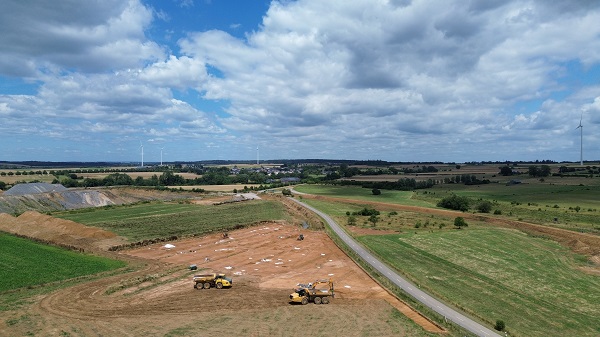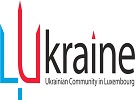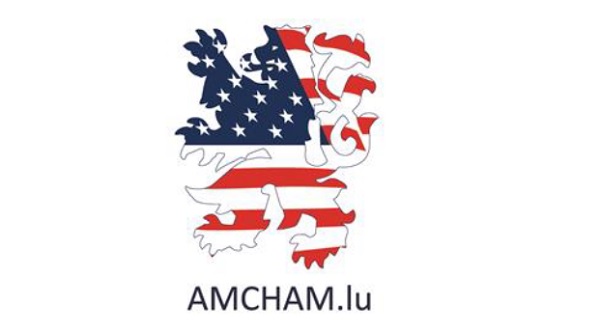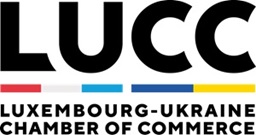 Credit: Solutions Archéo SA
Credit: Solutions Archéo SA
Chronicle.lu has teamed up with Luxembourg's National Institute for Archaeological Research (Institut national de recherches archéologiques - INRA) for a series of articles on archaeological digs and discoveries around the Grand Duchy.
The series explores digs spanning from prehistoric to Roman and medieval times, highlighting key finds and what they reveal about Luxembourg’s past. It also sheds light on the work of the INRA and its approach to archaeological and historical research.
The latest article in this series looks at how mechanised excavation is being used as part of a preventive dig at Altwies, in southern Luxembourg.
Located between the villages of Altwies and Filsdorf, the site lies in an area scheduled for the extension of a quarry and an inert waste landfill (Carrières FEIDT SA). The archaeological operation, which began on 4 May 2024 and is still ongoing, covers nearly four hectares and is being carried out in several phases in line with the development timeline. It is being led by Solutions Archéo SA, a newly established archaeology company based in Luxembourg.
This large-scale project offers an opportunity to test the viability of mechanised excavation as a way to reduce human resource requirements and shorten the overall excavation time, particularly on extensive development sites.
One of the most visible aspects of this approach is the use of a 25-tonne hydraulic excavator to strip the surface layers of soil. Carried out under continuous archaeological supervision, this method makes it possible to uncover archaeological features efficiently while maintaining the integrity of the stratigraphic record. Compared to manual stripping, which would require significant time and personnel, mechanisation allows for uniform surface treatment in a matter of days.
At Altwies, the benefits of mechanised stripping are clearly visible in the consistent exposure of archaeological patterns: pits, postholes and irregular ditches appear gradually and can be mapped precisely. As of late July 2025, a total of 238 archaeological features have been documented, offering new insights into the spatial organisation of settlements from the Late Bronze Age and Early Iron Age, which tend to be dispersed and difficult to interpret on a smaller scale.
In some areas, a smaller 5-tonne mini-excavator is used to remove large backfills or reach deeper structures. This targeted strategy, based on general fieldwork guidelines, ensures faster processing while preserving valuable stratigraphic data. The excavated materials are collected in large bags and systematically sieved to maximise the recovery of artefacts and ecofacts.
Beyond its practical advantages, mechanisation also improves working conditions by reducing repetitive tasks and limiting physical strain and injury risk. It also enhances coordination between mechanical and manual excavation, as well as data recording.
Importantly, this approach relies on strong scientific oversight. Mechanisation is not a replacement for archaeological expertise - it is a tool that must be guided by it. Each pass must be checked, each level identified, and each context documented and interpreted with care. This methodological framework is what guarantees the link between operational performance and data reliability.
The current field team at Altwies consists of four archaeologists, two qualified workers, one excavator operator with archaeological training and two to three additional machine operators. The aim is to carry out preventive archaeology while testing how far mechanisation can be integrated into large-scale digs without compromising research standards.
As archaeological methods evolve, the integration of mechanisation into fieldwork practices - when used judiciously - shows how technology can enhance both productivity and scientific understanding.








